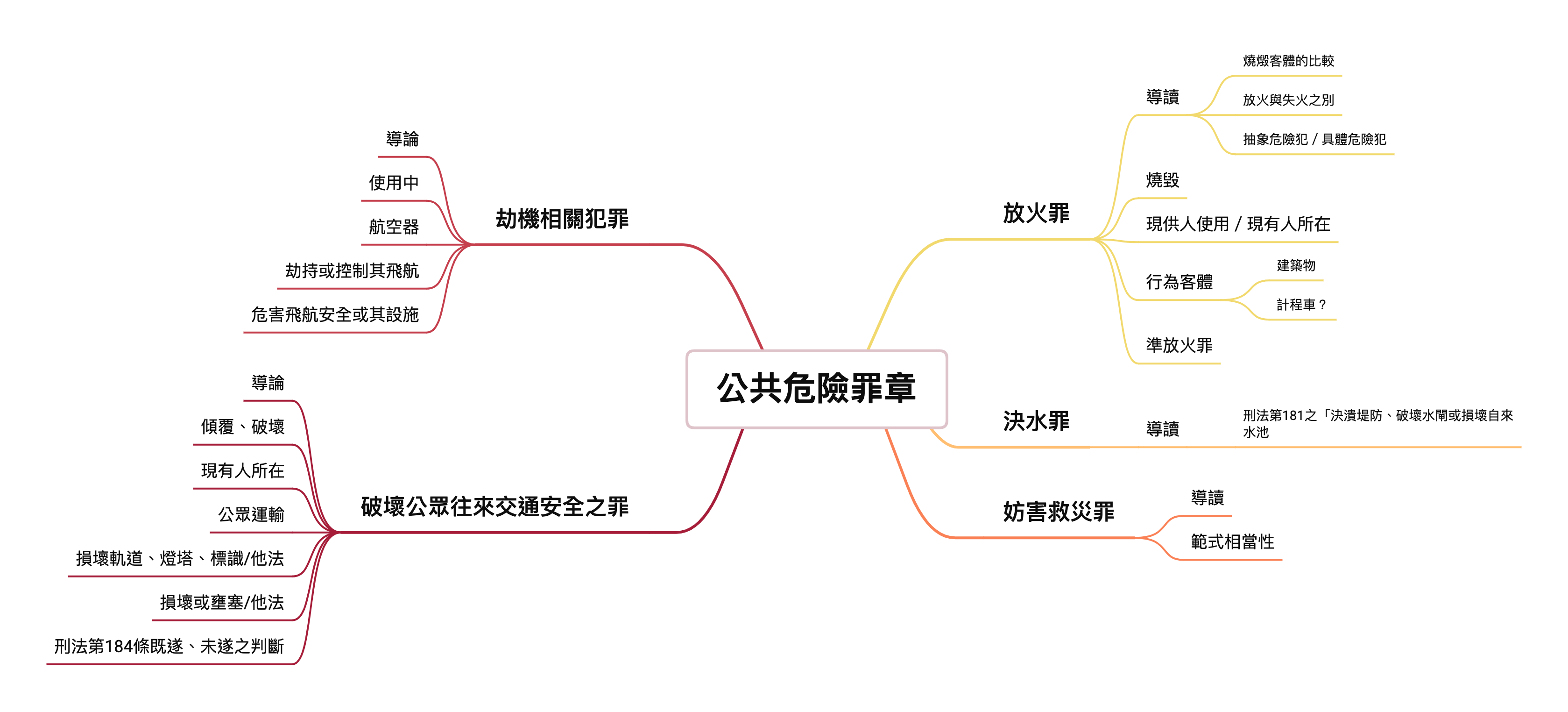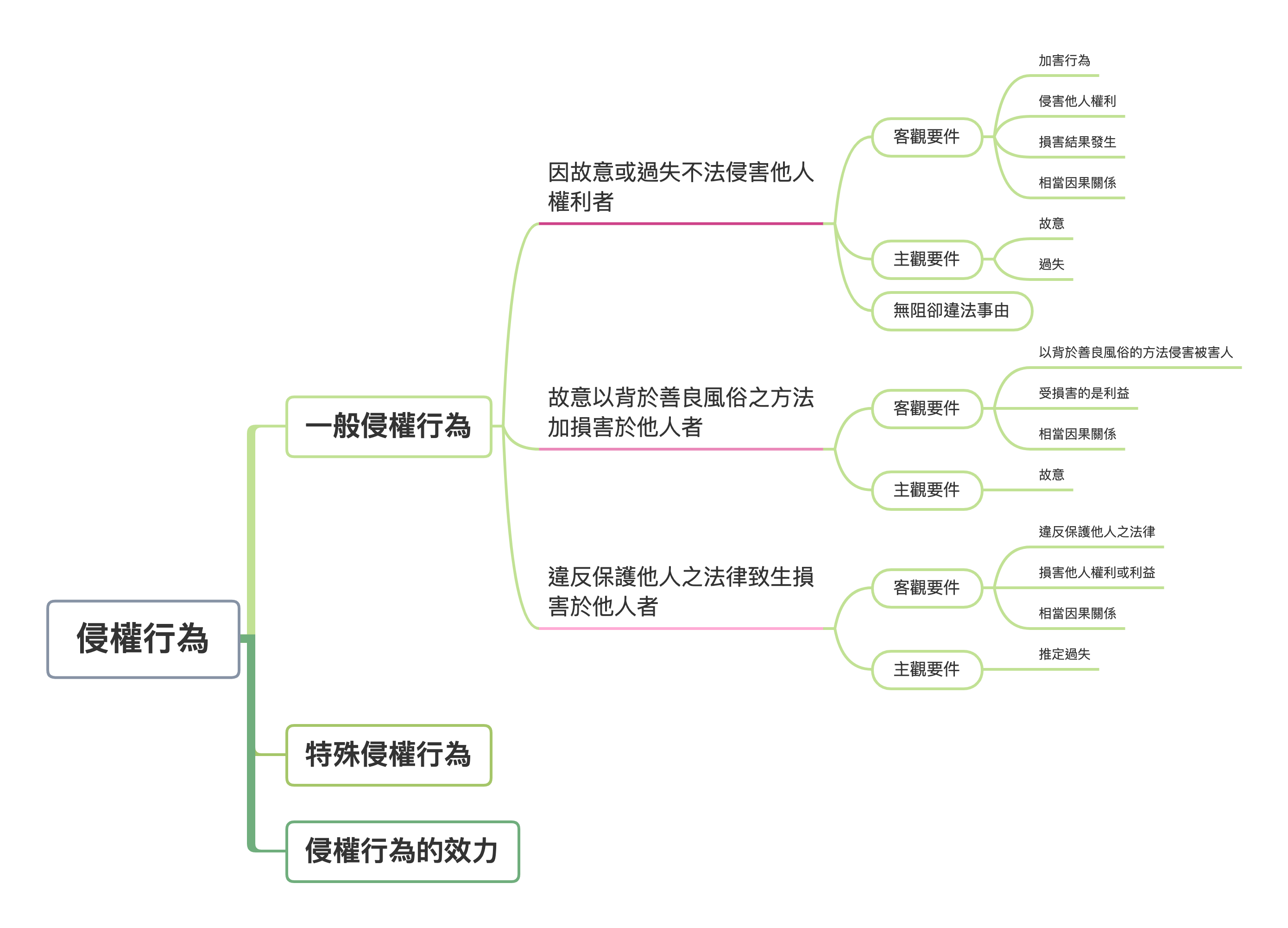- What is Nuisance?
Nuisance refers to a situation where a condition or activity on a landowner's property results in an unreasonable and substantial interference with another person's use and enjoyment of his property. And It is important to note that nuisance involves the protection of the use of land or property, not people.
妨擾是指土地所有人在其土地上的活動或利用狀況不合理且實質妨害了他人享受和使用自己財產的情形。必須注意的是,妨擾保護的對象是土地或財產的利用價值而非人。
- The elements of Nuisance
Private nuisance has three elements: (1) A plaintiff holds a proprietary interest in the property, which could include being an owner or leaseholder;(2) A defendant engages in an action that interfered with the plaintiff’s use and enjoyment of his property; and (3) The defendant’s interference with the plaintiff’s use or enjoyment of land was substantial and unreasonable.
私人妨擾的要件有三:(1)原告對該財產有專屬利益,例如是所有人或承租人;(2)被告的行為妨害了原告對於其財產的使用與享受;(3)該實質妨害是不合理的。
- What constitutes unreasonable interference
Courts consider several factors when determining unreasonable interference. These factors including whether the plaintiff had the property before the nuisance began, the level of harm versus the usefulness of the defendant’s activity, and whether the action would be annoying to the average person. Here are three of these factors:
法院在判斷何時會構成不合理法妨害時會考慮幾個因素,包括原告是否在妨擾開始之前就擁有該財產,對比被告活動所造成的傷害與所獲得的效用,以及該行為對一般人而言是否也會造成干擾,以下舉其中三個因素來說明:
(1) Character of neighbourhood
To determine nuisance, it is essential to consider not merely by an abstract assessment of the thing itself, but in reference to its circumstances. For example, a factory causing a lot of noise in the residential area could be found reasonable if in an industrial estate.
要判斷如何會構成妨擾,不只要考慮事物本身的抽象評價,還應考慮其所屬環境。舉例來說,一個在住宅區裡製造大量噪音的工廠,如果放在工業區裡則可能會被認為是合理的。
(2)Duration and frequency
In the case of Harris v. Armstrong (2015), the court's decision emphasized that while each individual instance of noise might not have been severe, the cumulative effect of the defendants' ongoing actions was substantial. The court found that the frequent and extended periods of disruptive noise unreasonably interfered with the plaintiffs' ability to use and enjoy their property.
在Harris v. Armstrong (2015)一案中,法院強調雖然每一次噪音的發生獨立來看可能並不嚴重,但被告行為持續行為所累積下來的影響是巨大的。法院認為頻繁且長期性的噪音干擾構成對原告使用與享受其財產的不合理妨害。
(3)Sensitivity
In Robinson v. Kilvert (1889), the court held that the heat generated by the defendant's factory would not cause damage to ordinary paper. Instead, the plaintiff’s brown paper happened to be unusually sensitive to the heat, and it was this which caused the damage rather than anything that the defendants had done wrong. Thus, the defendant's actions would not be considered a nuisance.
在Robinson v. Kilvert (1889)一案中法院即認為被告工廠所產生的熱能並不會對正常的紙造成損害,反而是原告的特別棕色紙本身對熱能異常敏感,這才正式損害造成的原因,而不是被告有做錯任何事。因此被告的行為不會被認為是妨擾。
















